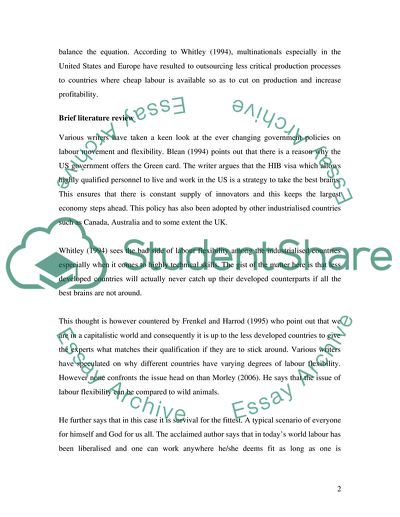Cite this document
(Labour Flexibility in Australia and the US Coursework, n.d.)
Labour Flexibility in Australia and the US Coursework. Retrieved from https://studentshare.org/social-science/1721290-gcompare-and-contrast-approaches-to-labour-flexibility-in-any-two-countries-how-do-you-account-for-the-differences
Labour Flexibility in Australia and the US Coursework. Retrieved from https://studentshare.org/social-science/1721290-gcompare-and-contrast-approaches-to-labour-flexibility-in-any-two-countries-how-do-you-account-for-the-differences
(Labour Flexibility in Australia and the US Coursework)
Labour Flexibility in Australia and the US Coursework. https://studentshare.org/social-science/1721290-gcompare-and-contrast-approaches-to-labour-flexibility-in-any-two-countries-how-do-you-account-for-the-differences.
Labour Flexibility in Australia and the US Coursework. https://studentshare.org/social-science/1721290-gcompare-and-contrast-approaches-to-labour-flexibility-in-any-two-countries-how-do-you-account-for-the-differences.
“Labour Flexibility in Australia and the US Coursework”, n.d. https://studentshare.org/social-science/1721290-gcompare-and-contrast-approaches-to-labour-flexibility-in-any-two-countries-how-do-you-account-for-the-differences.


